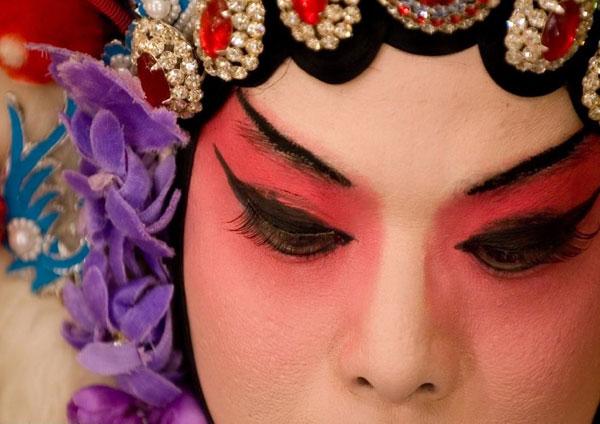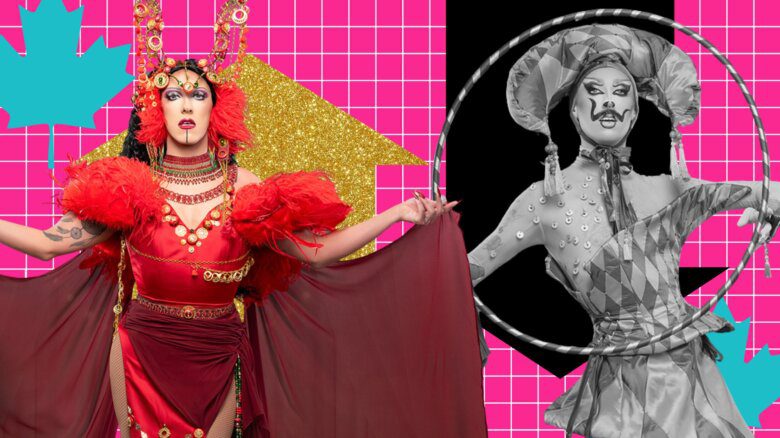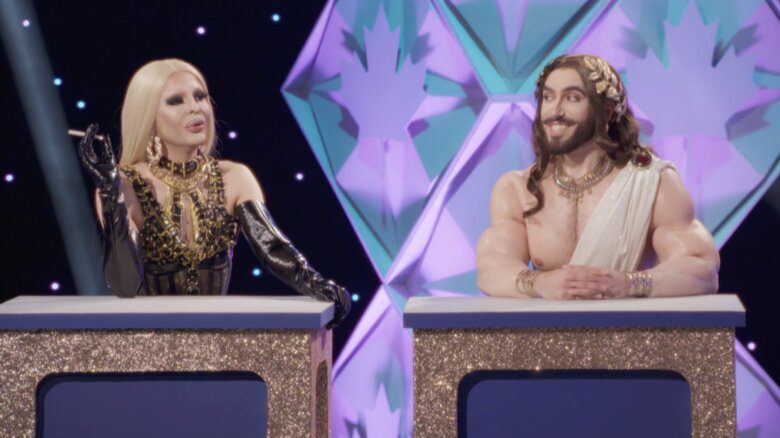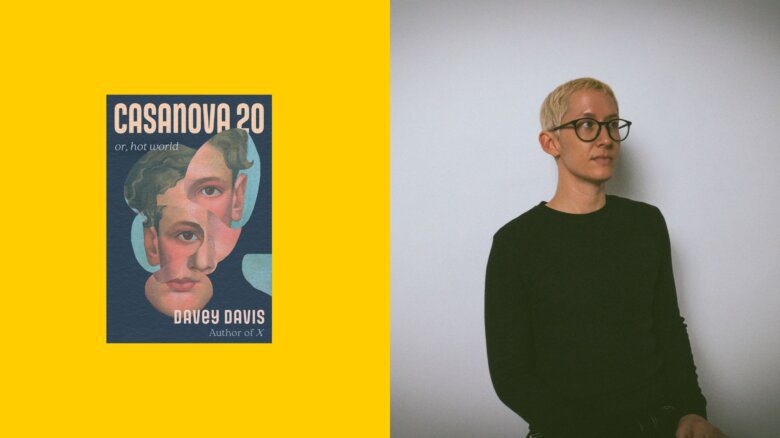Think drag, theatre and dance. Think dramatic makeup and extravagant costumes. Think song, beauty and drama. Think Peking opera.
On Thursday, Sept 29 at the National Arts Centre, William Lau will perform two traditional pieces of Chinese classical opera.
Lau, a graduate of York University’s Master of Fine Arts program in dance, has been performing in Peking opera since 1991. In 1994, he received a grant from the Canada Council for the Arts. With the funds he founded the Little Pear Garden Collective to promote the ancient art form to Canadian audiences.
“When I got this grant, I felt a strong sense of responsibility as the carrier of [Peking opera] in Canada,” he says. “I thought that I could be a bridge between China and Canada — to use an art form to link the two cultures.”
Since then Lau has been travelling around Canada lecturing on the aesthetics of Peking opera, giving workshops on costumes and makeup, and collaborating with other Canadian artists to incorporate opera into contemporary theatre.
On Thursday Lau will perform two pieces: The Cosmic Blade and The Drunken Beauty. In both, Lau will play the Dan, the lead female character, traditionally played by a man. Two female actors — playing male roles — a local community choir and a dance group will join Lau in one of the performances.
The two pieces are completely different from each other, both in their plot and their complexity.
The Cosmic Blade is more complex and demanding for the performer because of the range of expressions conveyed through movement and song. It is also more tragic: the main character defies her father who has ordered her to become a concubine of the emperor.
“She is fighting against female oppression. She is fighting against her father’s order, and she fights against the emperor’s desire. Traditionally these are not debatable,” he says.
The Drunken Beauty is lighter and incorporates the larger ensemble and both Mandarin and English.
“The aesthetics of the two languages are very different, but they can be incorporated in the whole aspect of storytelling, depending on how creative you are… while maintaining the aesthetic framework of Peking opera,” Lau says.
Lau’s favourite part of performing in Peking opera is being able to play the Dan. By taking on the various roles, Lau feels that, as an artist, he is able to learn about himself and about society as a whole.
“If we look beyond the beautiful makeup and the strange costumes, what do we identify with? [In Peking opera] there are universal themes; the theme of jealousy, the theme of rejection — they are all the same,” he says.
Lau understands that the opera will be new to many people but feels it is an evening that should not be missed.
“This is an opportunity to explore a different aspect and different aesthetic — it is an acquired taste and not everyone will like it. But at the same time, if you don’t try it you won’t know, ” he says.

 Why you can trust Xtra
Why you can trust Xtra


